Today's Guide to the Marketing Jungle from Social Media Examiner... | Presented by | 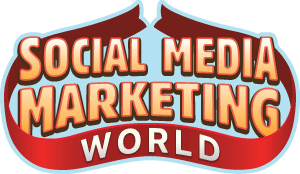 |
It's Make Cut Out Snowflakes Day, Alluser... Let your inner child out to play!
In today's edition:
-
🚫 Today's Tip of the Day is for video
-
👁️🗨️ 👍 🛒 Turn your personal LinkedIn posts into a funnel
-
🛡️ Protecting your data with Custom AI Modelsser
-
👷 👳 Develop content that builds an audience for your offer
-
LinkedIn companies hub
-
YouTube addresses clickbait

Are you concerned that low-performing videos are affecting your reputation? Wondering if you should remove certain videos that didn't get the engagement you were expecting?
Don't Delete Videos With Low Engagement
Your content isn't just competing for likes today; it's building your legacy for tomorrow. Every post adds depth and authenticity to your brand. Think of it as your content library–a binge-worthy collection waiting for its audience.
So, don't get discouraged by low engagement.
Instead, focus on creating a rich content library that showcases your unique voice and values. This is how you build lasting connections and turn casual viewers into loyal fans and customers.
Today's tip was inspired by Nicky Saunders, a featured speaker at Social Media Marketing World.
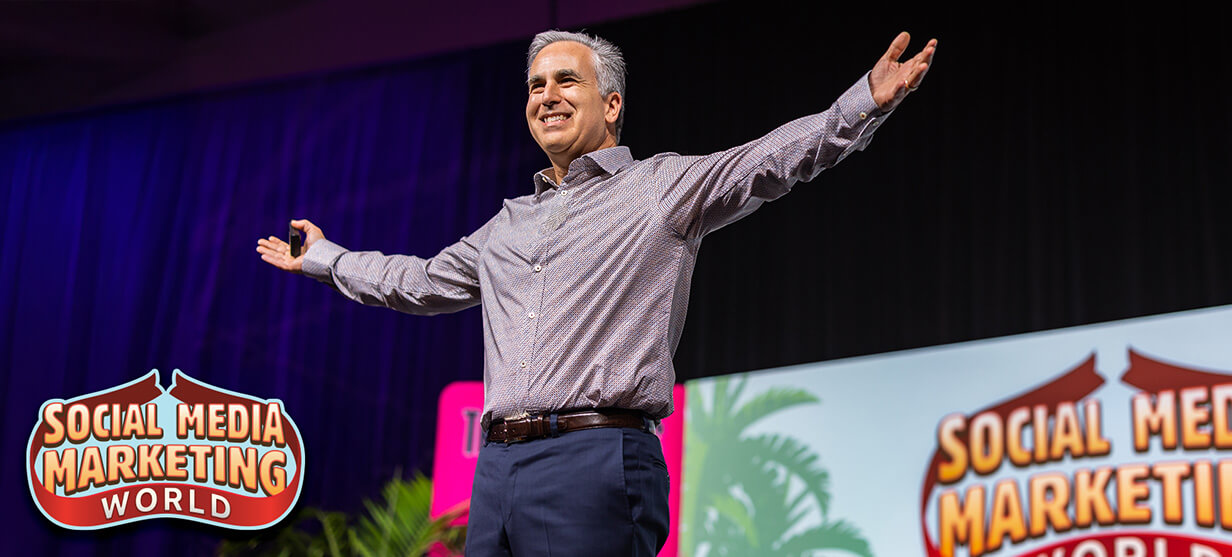
The Best Holiday Present Ever for Alluser!
If you didn't get that special gift you were hoping for this holiday season, why not give yourself the best gift of all…a Virtual ticket to Social Media Marketing World 2025.
It's the gift that keeps on giving…with 365 days of education to help you achieve your goals.
Right now, you can save 60% off your Virtual ticket. But don't wait too long! This special offer ends in a few days.
I'm ready for the gift of education.
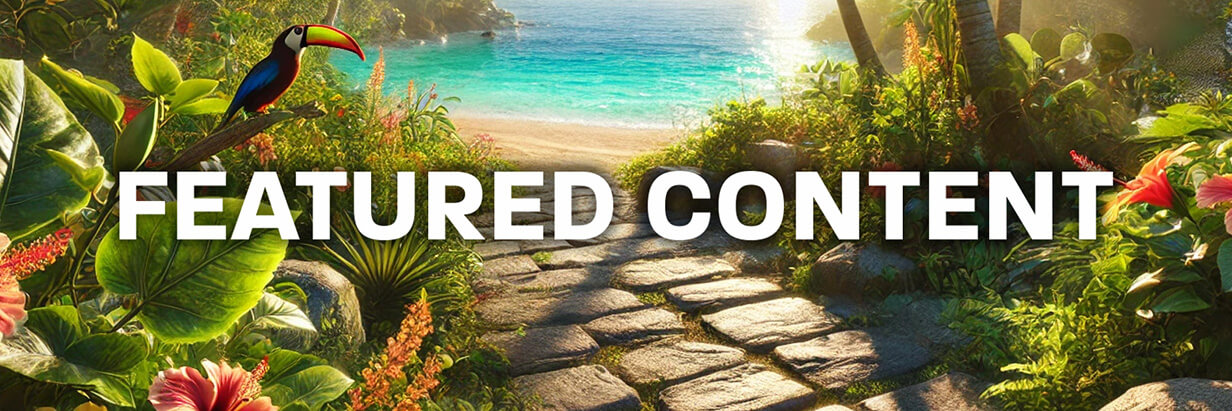
How to Use Boosted LinkedIn Profile Posts to Create a Sales Funnel
LinkedIn recently announced the ability to "boost your posts on the LinkedIn feed to increase your visibility, grow your followers, and get more website clicks. You can select your budget and target audience to boost key posts, increasing visibility to target audiences by selecting from facets including: location, language, job title, job function, company industries, and job seniorities."
Why Boost Posts From Your Profile Instead of Your Company Page?
We've all heard the phrase, "People buy from people." This new feature allows you to put yourself front and center as the face of business your prospects can connect with.
While organic reach might favor certain types of content, boosting your posts allows you to ensure that all parts of your content strategy, including crucial CTAs, reach your intended audience because boosted posts can be targeted.
Another valuable aspect of LinkedIn ads is maintaining the social proof from the original organic post; all existing likes, comments, and shares remain visible on your boosted post. Any new engagement generated through the boosted post is added to the original post.
Follow these steps to create a comprehensive funnel from your personal profile posts, moving people from initial awareness to specific actions or conversions.
Audit Existing Organic LinkedIn Profile Posts
To start, audit your existing content. Review the posts you've already shared on your personal LinkedIn profile, looking for those that performed well organically. Solid organic performance signals that a post is a good candidate for boosting.
Caveat: Due to algorithm preferences, posts with calls to action or offers often perform poorly in organic reach, but they're excellent candidates for boosting. By putting ad spend behind these posts, you can ensure they reach your audience and drive the desired actions. To find your best CTA posts, you may need to analyze their performance against each other rather than the rest of your posts.
Map the Analyzed Posts to Your Customer Journey
Next, categorize your high-performing posts into four categories. Each category serves a specific purpose in your funnel strategy and will be leveraged at different stages of your audience's journey. When selecting content to boost, use a mix of these categories.
Story and Journey
These posts focus on your personal experiences and how you've reached your current position. By sharing your journey, you connect with your audience, making them feel like they know you better. These posts are excellent for boosting as they help build a personal connection with potential clients or collaborators.
Thought Leadership
These posts showcase your expertise in your niche or industry. They're particularly effective as "cold awareness drivers," meaning they work well for introducing yourself to new audiences. Demonstrating your knowledge and insights establishes credibility and attracts those interested in your expertise.
Social Proof
This category includes posts about awards you've won, client testimonials, and case studies of your work. These posts are most effective as retargeting ads, shown to people already familiar with you. Once someone knows who you are and what you do, seeing evidence of your success and others' positive experiences with you can significantly boost your credibility.
Calls to Action and Offers
These posts promote specific actions you want your audience to take, such as subscribing to your newsletter or visiting your website.
Create Posts to Fill In Gaps in Your Customer Journey
Review the posts you've mapped, and look for areas where you need more content. After composing these posts, you can either publish them organically and boost them or boost them when you post.
Tips for Targeting Your Boosted Posts
Setting up targeting for your ads is crucial. LinkedIn offers many options that go far beyond simply reaching your existing followers. Focusing your targeted posts on these specialized segments will help you attract new audiences that reflect your ideal customer.
-
Company Industry: Target professionals in specific sectors, such as healthcare or software.
-
Company Size: Reach employees at small businesses or large companies.
-
Job Title and Function: Target specific roles (e.g., VP of Marketing) or broader job functions (e.g., all marketing roles).
-
Seniority Level: Focus on entry-level, senior managers, directors, or other levels.
-
Skills: Target professionals who have specific skill sets.
-
Interests: Use LinkedIn's predefined interest categories.
-
Groups: Reach members of particular LinkedIn groups.
-
Geography: Target by location.
Creating a retargeting strategy is also essential. Set up retargeting audiences to show additional boosted posts to people who engage with your initial boosts. This helps nurture leads through your funnel. For instance, you might show social proof content to people who engaged with your thought leadership posts and then offer a free consultation to those who engaged with multiple pieces of content.
Today's advice is provided with insights from Anthony Blatner, a featured guest on the Social Media Marketing Podcast.
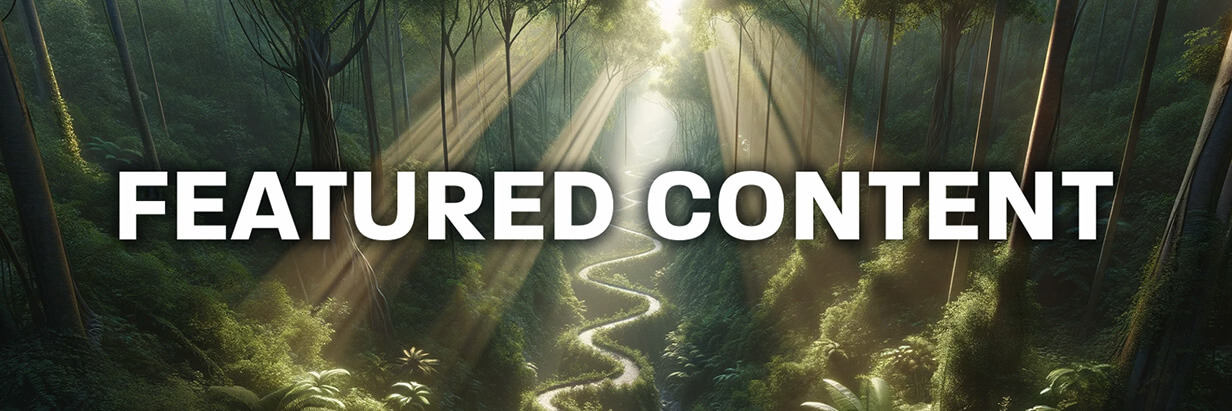
Custom AI Models vs ChatGPT: Securing Your Data
Data security and intellectual property protection represent crucial concerns, especially for businesses with valuable proprietary domain knowledge that forms their competitive advantage.
While many users trust AI providers not to train their models on sensitive data shared through APIs, there's no absolute certainty about how your data is used, and there's an important distinction between "protected" and truly secure data to consider. While these services may offer security from external access, the AI providers have complete visibility into all data sent through their APIs.
Without proper monitoring and structural safeguards, sensitive information sent through API calls is "out there," and terms of service for AI tools, including platforms like Jasper AI, place the responsibility for data protection on the users.
For organizations with strict security requirements, custom AI models offer several options:
-
Walled-off models that ensure data never leaves the organization's IT infrastructure
-
Models that operate without internet connectivity
-
Fully on-premise solutions for organizations with previous security breaches, hosting everything on local machines accessible only through internal networks
Pro Tip: Hugging Face provides a valuable leaderboard that tracks public, private, and open-source models and shows their various licensing arrangements.
Which Open Model is Right For You?
Two prominent open-source options for building custom AI models are Mistral and Llama.
In side-by-side comparisons, Mistral has generally demonstrated superior performance across multiple metrics, including faster processing speeds and better performance with smaller models.
Both models come in different sizes or tiers with varying weights that affect computer storage requirements, hardware specifications, and inference speed.
Mistral shows particular strength in processing unstructured or "messy" language, such as social media content. Llama 3 is a capable generalist model and benefits from extensive community support, particularly through resources like the Llama Lounge subreddit.
Open models like Mistral and Llama are rapidly closing the performance gap compared to ChatGPT and Claude. In some specialized domains, such as healthcare and technical areas, these open models can even outperform their proprietary counterparts, though ChatGPT maintains a significant lead in general applications.
The 4 Components for Creating Custom AI Models
A custom AI model comprises four distinct components that work together.
A Secure Data Repository: The first component is on-premise storage or storage within a cloud solution. The data stored here should be specifically structured and tagged to support particular use cases incorporating AI.
The AI Model: Options include localized solutions like Mistral or Llama 3 that operate independently of internet connectivity. You can fine-tune these models to learn from specific datasets or implement a RAG approach for information processing.
What is RAG? Retrieval Augmented Generation (RAG) is the key to accurate AI responses.
RAG involves retrieving data from a specified source and augmenting the AI model's generation process with this information. This technology appears in popular AI platforms like ChatGPT and Claude. Users who upload documents such as Excel sheets or PDFs utilize RAG functionality, creating a temporary data source the AI can reference while generating responses.
Many users mistakenly envision ChatGPT as having a comprehensive knowledge base stored in the cloud. However, while these models have extensive general knowledge, they lack access to specific business information unless explicitly provided through RAG. Without proper guidance, AI models may attempt to fill knowledge gaps by making assumptions, leading to "hallucinations" - instances where the AI generates plausible but incorrect information.
You don't need to mention RAG by name in your prompts specifically. Instead, you can simply instruct the model to "only pull data from these sources" or "do not make anything up," with additional commands like "don't lie" or "don't extrapolate."
The User Interface: Customizations might include buttons, reference materials, or other features to match your business needs. For example, not every custom AI model requires a chat interface. The interface should reflect your business processes.
The Analytics Layer: This layer captures and analyzes user interactions with the system and represents valuable intellectual property for the business.
Today's advice provided with insights from Yash Gad, a featured guest on the AI Explored podcast.

How to Create Content for More Prospects in 2025
Tired of throwing marketing spaghetti at the wall? Want a proven system to generate consistent leads and sales?
Articulate Your Core Outcome Statement
The first crucial step is establishing what Emily Hirsh calls your foundation. At the heart of this foundation is a simple question: What is the core outcome your business solves for somebody?
"If I was to be sitting across from you in a casual conversation and I ask you, what do you do? Could you tell me that in a very clear one sentence?" Hirsh asks. The key is to use language your ideal customer would actually use, making it instantly understandable.
This foundational statement applies to all types of businesses, whether you're selling services, physical products, or digital products. Hirsh shares several real-world examples of clear, simple outcome statements:
-
"I help entrepreneurs create a marketing strategy that generates leads and sales."
-
"I help repair people's blood sugar and A1C without needing medication."
-
"I help photographers add sports photography to their offerings."
-
"I sell a skincare product that heals your skin with natural ingredients."
The power of these statements lies in their simplicity and clarity. This core statement becomes the driving force behind all your marketing efforts, from copy to strategy. Hirsh notes that this approach isn't just for promoting your overall business—it can also be applied to individual marketing initiatives like webinars or new funnels.
Define Your Unique Process
The second step is explaining your unique process or method.
You have unique experiences, wisdom, beliefs, and opinions that inform your process because you've seen things that work and things that don't. This uniqueness is often missing from modern marketing approaches, making it difficult for you to stand out in an industry.
If you're struggling to outline your process, imagine you're trying to explain to someone how you achieve the results you offer or why your physical product is better than others on the market.
You can even record this explanation and use AI tools like ChatGPT to structure it into a process and identify core value points and components.
This approach works for various business types:
-
For service-based businesses, it might involve explaining how you work with clients to achieve results.
-
For physical products, it could be why you created the product or what makes it different from others.
-
For event organizers, it might include unique aspects like speaker curation or event structure.
Build a Target Audience By Showing People Who You Are
Today, attention is currency, and building an audience starts with delivering content that makes someone say, "This content is worth my time." You're not asking for contact information or pushing for sales; you're only building value.
Create Your Content
Your content should directly connect to the foundation work in steps 1 and 2, including your core promise and your ideal customer's problems, frustrations, and desires. Each problem your ideal customer faces can generate multiple content ideas across different formats.
The key is aligning your content with your expertise and what excites you. "I always tell people, align your content with what you are excited to talk about, what you're excited to create, or what you're naturally good at," Hirsh says. This helps you create magnetic content that audiences want to consume.
Distribute Your Content
The key to successful audience building is having a defined marketing mix strategy that answers the following:
Instead of trying to be everywhere, focus on platforms and content types that align with your strengths and where your audience spends time. Whether it's written content, audio, or video, consistency in your chosen format is more important than trying to do everything.
Hirsh recommends allocating about 5% of your monthly budget to promote content through ads. She uses this strategy for her podcast, creating short face-to-camera videos that preview episode content and directing traffic to specific page pages on her website. The cost of these ads is typically around $0.30 per click in the B2B space, though results in your industry will differ.
While she posts organic content four to five times per week, mixing various formats, including Reels, carousel posts, and photos, she views organic social media as a nurture strategy while using paid ads for growth. "I personally think organic can be a huge time suck without a lot of payoff," she notes.
Today's advice is provided with insights from Emily Hirsh, a featured guest on the Social Media Marketing Podcast and presenter at Social Media Marketing World.
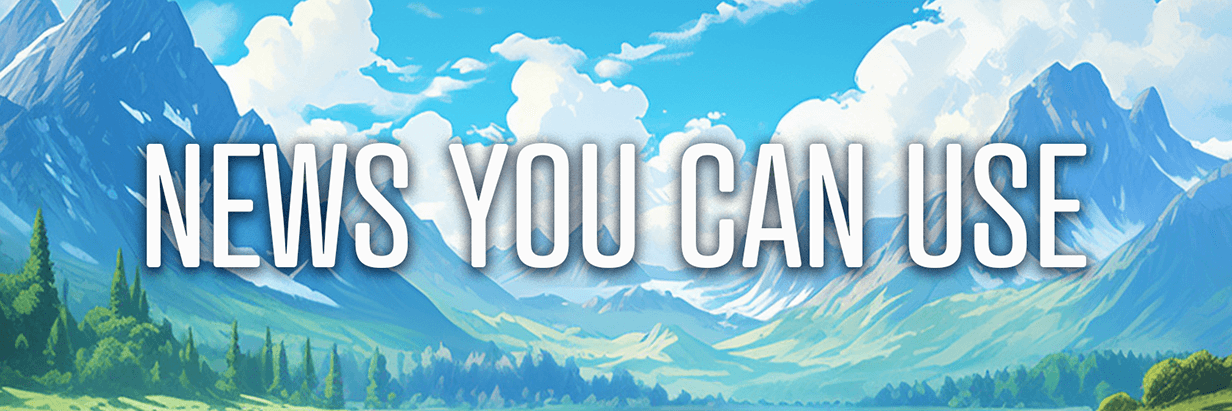
OpenAI AnnounceS Two Reasoning Models: The o3 and o3-mini models demonstrate improved performance over their predecessor o1, with o3 scoring 22.8% higher on coding benchmarks, achieving near-perfect scores on advanced math tests, and solving 25.2% of complex mathematical problems that stump other AI models. OpenAI is implementing "deliberative alignment," requiring the models to process safety decisions step-by-step, which showed improved safety guideline adherence in testing with o1. While not publicly available, OpenAI is accepting research community applications for testing. The jump from o1 to o3 naming reportedly avoids potential trademark conflicts with British telecom O2. Source: The Verge
LinkedIn Launches Companies Hub in Campaign Manager: The new features enable marketers to track how companies interact with their brand on LinkedIn, helping them target audiences more effectively and improve ad campaign returns. Companies Hub provides three core functionalities: audience building based on engagement, buyer targeting by engagement level, and campaign impact measurement. The platform allows marketers to analyze metrics through multiple filters, including engagement level, organic and paid interactions, company data, activity dates, company lists, and campaigns. Companies Hub is now available worldwide to all Campaign Manager customers. Source: LinkedIn
Sensor Tower's State of Digital Advertising 2024 Report: Across all 11 countries analyzed, ad spending saw double-digit year-over-year increases. In the US alone, total digital ad spend climbed by 17%. Social media platforms proved to be a dominant force, with channels like Facebook, Instagram, YouTube, and TikTok leading the charge and achieving a 15% year-over-year growth in the first eight months of 2024. The report highlights several key trends shaping the industry. Source: Sensor Tower
How We Snap Report: Snap Inc. and Alter Agents conducted extensive research across 12 countries, surveying over 18,000 consumers to understand how different age groups use Snapchat. While Snapchat reaches 90% of 13-24-year-olds, half of Snapchatters in many markets are over 25 years old, challenging the perception that the platform is exclusively for young users. The study examined four distinct user groups: Students, Early Jobbers, Parents, and Childfree Adults, revealing that daily users across all age groups primarily use the app to connect with friends, family, and their community. The research provides insights for brands to better target and engage with diverse audience segments across the platform. Source: Snapchat
YouTube Tackles Clickbait: YT is strengthening its enforcement against clickbait by targeting videos where titles or thumbnails make promises that aren't delivered in the content, especially for news and current events. The platform defines egregious clickbait as content that deliberately misleads viewers with false promises in titles or thumbnails. The enforcement is rolling out in India first, where violating content will be removed without issuing channel strikes while creators adjust to the new policy. Source: Google
YouTube Shopping Affiliate Program Expands to India: Content creators can tag products from retailers like Flipkart and Myntra in their videos, Shorts, and live streams. Creators earn revenue when viewers purchase tagged products through retailer websites. Creators can enhance their content with YouTube Shopping features like timestamps, allowing them to direct viewers to shop at specific moments. Source: YouTube
What Did You Think of Today's Newsletter?
Did You Know?
The sand on pink beaches isn't made of pink quartz. It's a mixture of white sand (usually made of quartz) and the pink/red shells of foraminifera.

Michael Stelzner, Founder and CEO
P.S. Add
michael@socialmediaexaminer.com into your contacts list. Use Gmail?
Go here to add us as a contact.
We publish updates with links for our new posts and content from partners. Your information: Email:
tukangpostoemel@gmail.com Opted in on: 2021-09-06 17:20:47 UTC.









